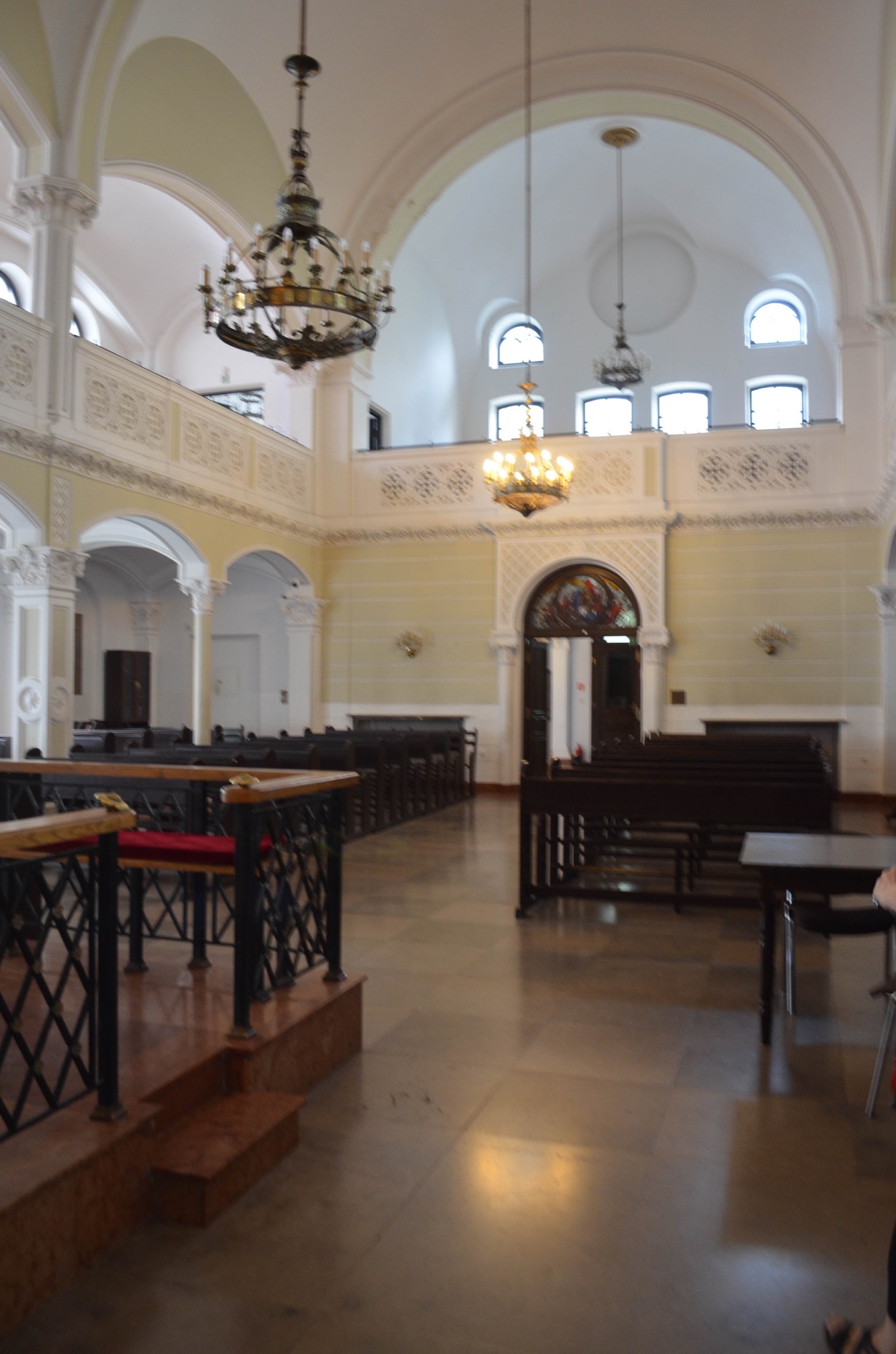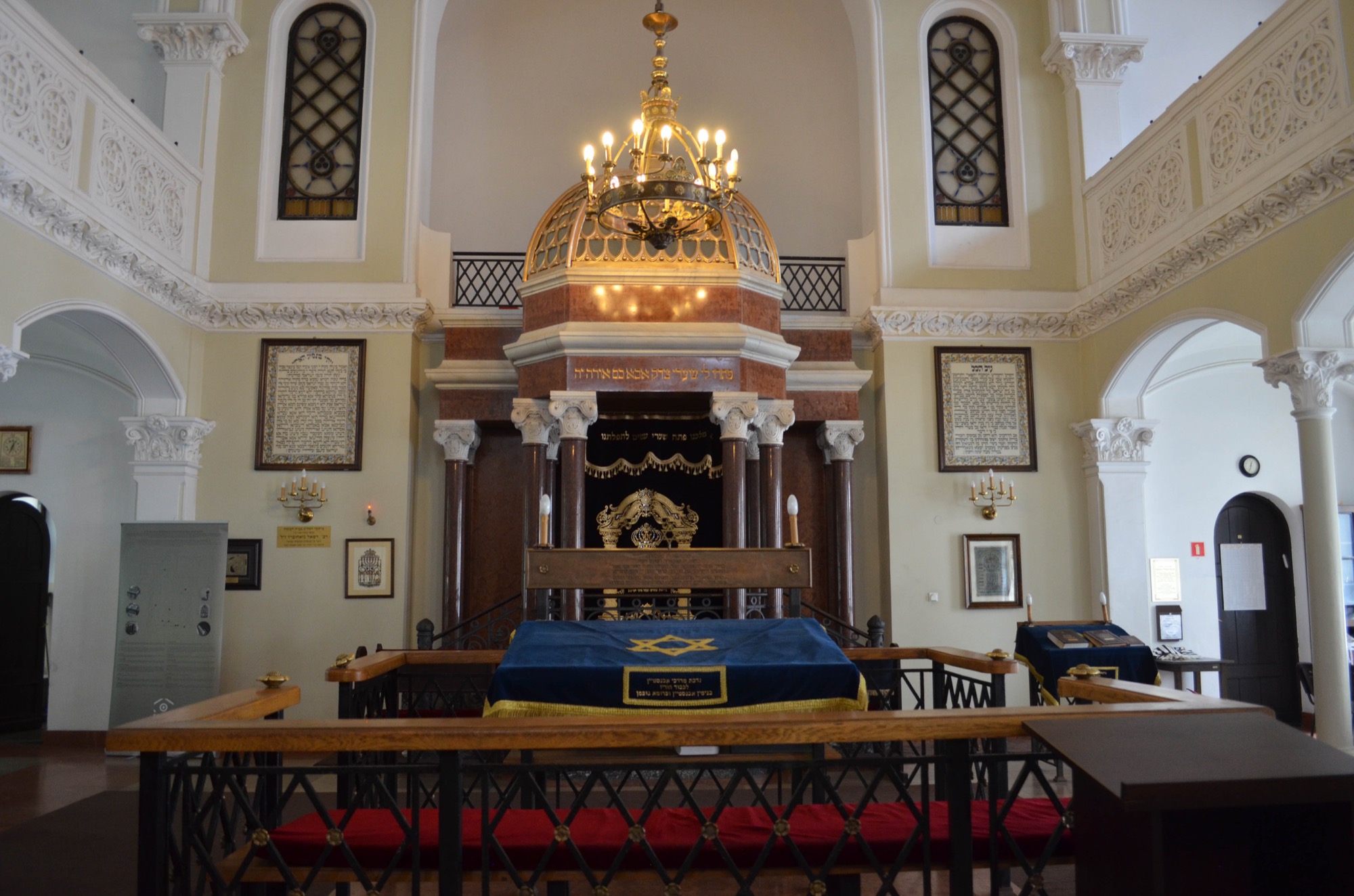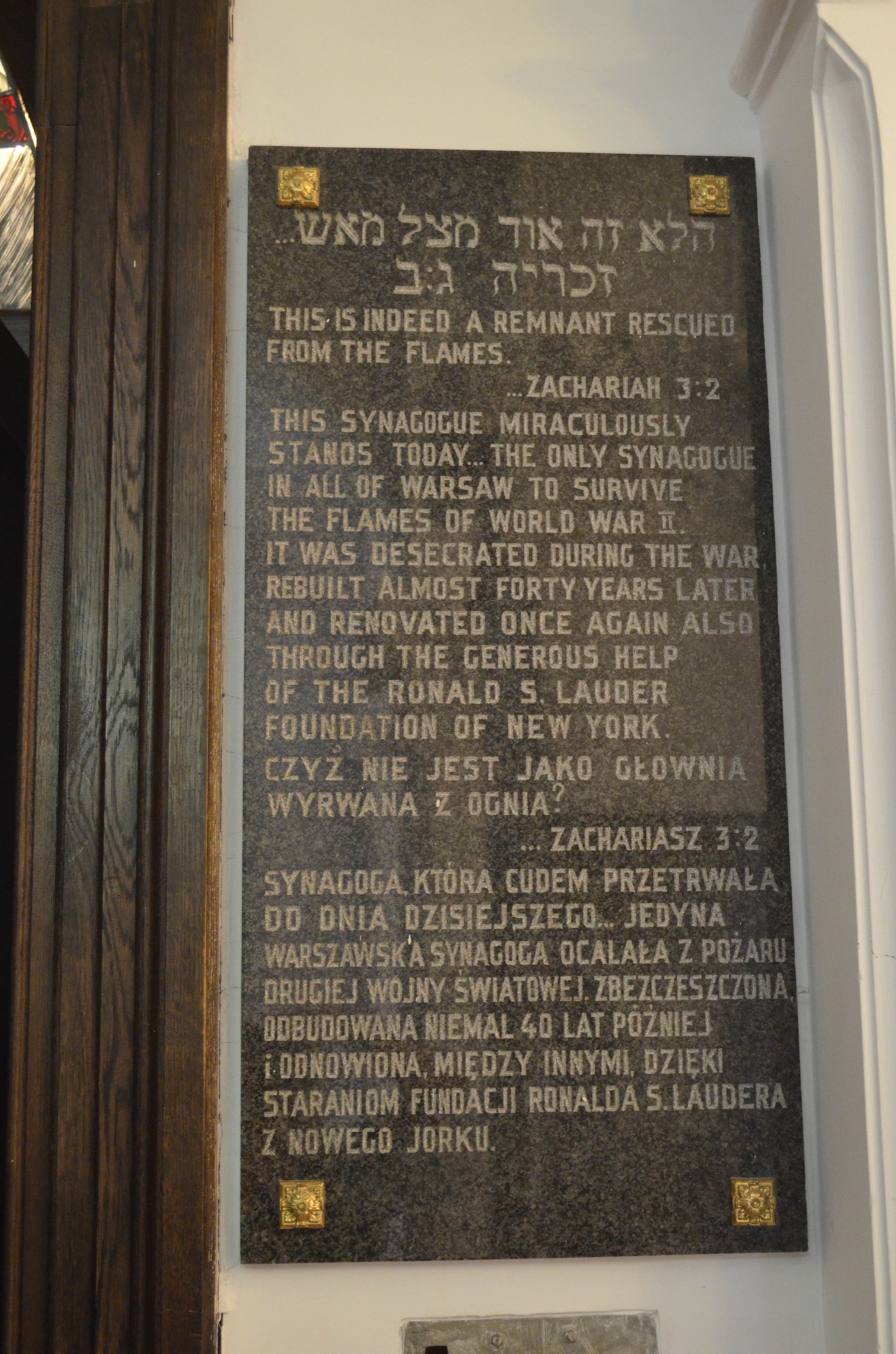Unique Design
As we wandered through old town square, we were impressed by the detailed frescoes, ornamental plaster, bas-relief designs and other assorted artwork that adorned the buildings.
As we wandered through old town square, we were impressed by the detailed frescoes, ornamental plaster, bas-relief designs and other assorted artwork that adorned the buildings.







Many unique things popped out at us as we meandered down the streets of old town. Some of our favorites are shown here.







Nearly 4,000 feet of walls with numerous towers and turrets, built largely in the fourteenth century, surrounded the town of Warsaw and served as protective fortifications.
Since about 85% of the city was damaged or destroyed during WWII, the walls currently standing are reproductions of the originals built with bricks that were salvaged from the rubble following the war.





The Presidential Palace was originally privately owned by different aristocratic families. It became a governmental building in 1818 when it was used by the Viceroy of the Polish Congress. It is currently the official offices and residence of the Polish President.
The Carmelite Church, built in the 17th century, remained intact during WWII. Noteworthy in the building's design are two belfries shaped like censers (ceremonial incense burners).
Saint Anne's Church, which only suffered damage to the roof in WWII, was the site of a famous execution in 1794. A traitorous bishop was hanged in front of the church and the crowd is said to have erupted into great applause at the event.



Warsaw is a city of contrasts. Much of the city had to be rebuilt following World War II. Painstaking efforts were made to rebuild the historical sections as accurately as possible.
As a result of Soviet control, much of the housing built at the time was the typical plain and monotonous housing blocks.
Recent construction, however, has included many modern glass and steel buildings that are popping up all over the city.


The Curie Museum, dedicated to the two time Nobel prize winning scientist who discovered two new elements on the periodic table, had many interesting exhibits showing the life and work of Marie Curie. Polonium, element number 84 on the periodic table, was named by Curie after her native country of Poland.
The family was brilliant and very passionate in their pursuit of science. Marie Curie was the first woman to earn a Nobel prize. Later she earned a second Nobel prize. Her husband, Pierre Joliot also won a Nobel prize. Marie and Pierre's daughter, Irene, and her husband Frederic were also given Nobel prizes.





The Warsaw zoo, which first opened in 1928, is currently home to over 4,000 animals.
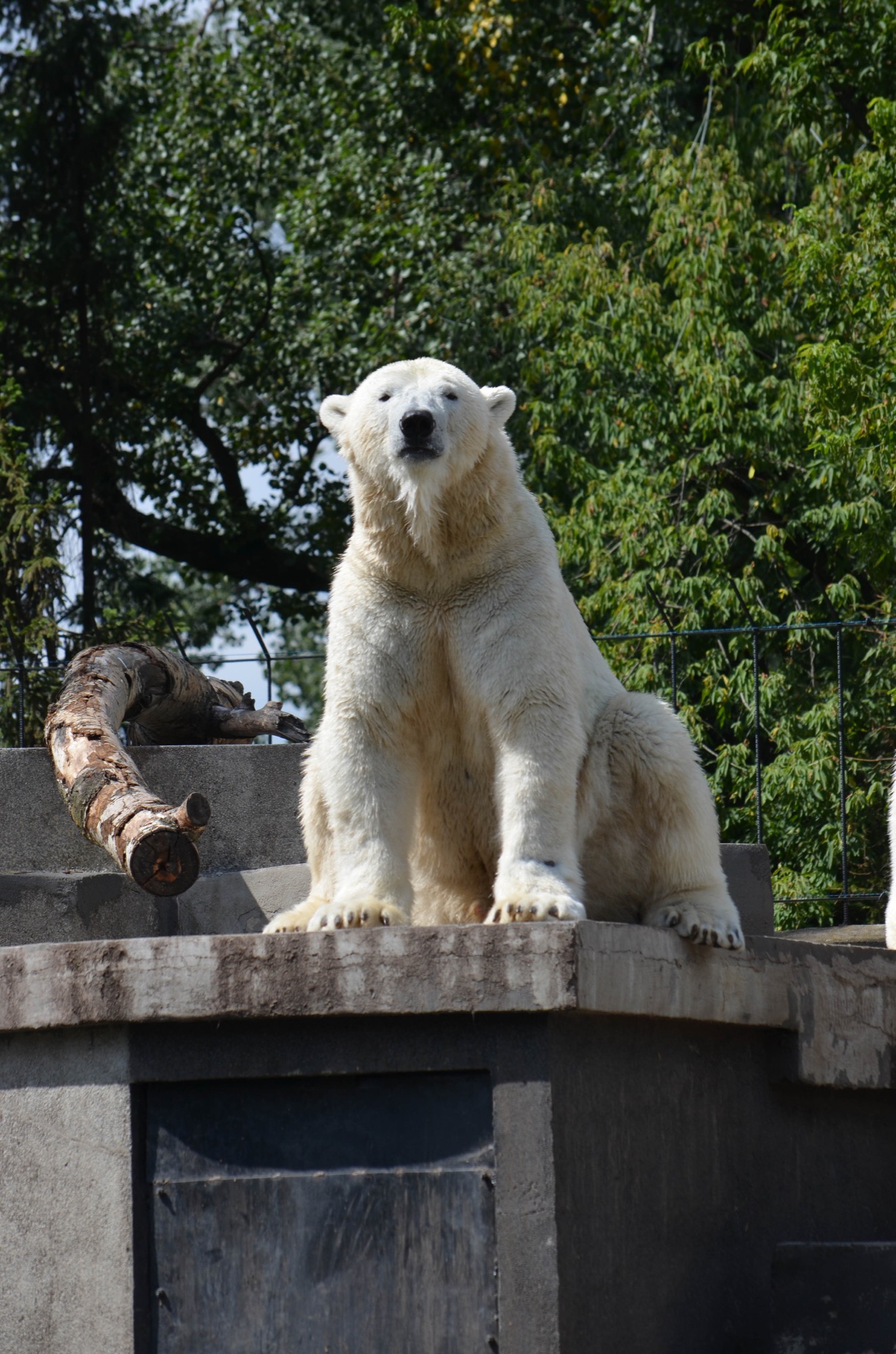
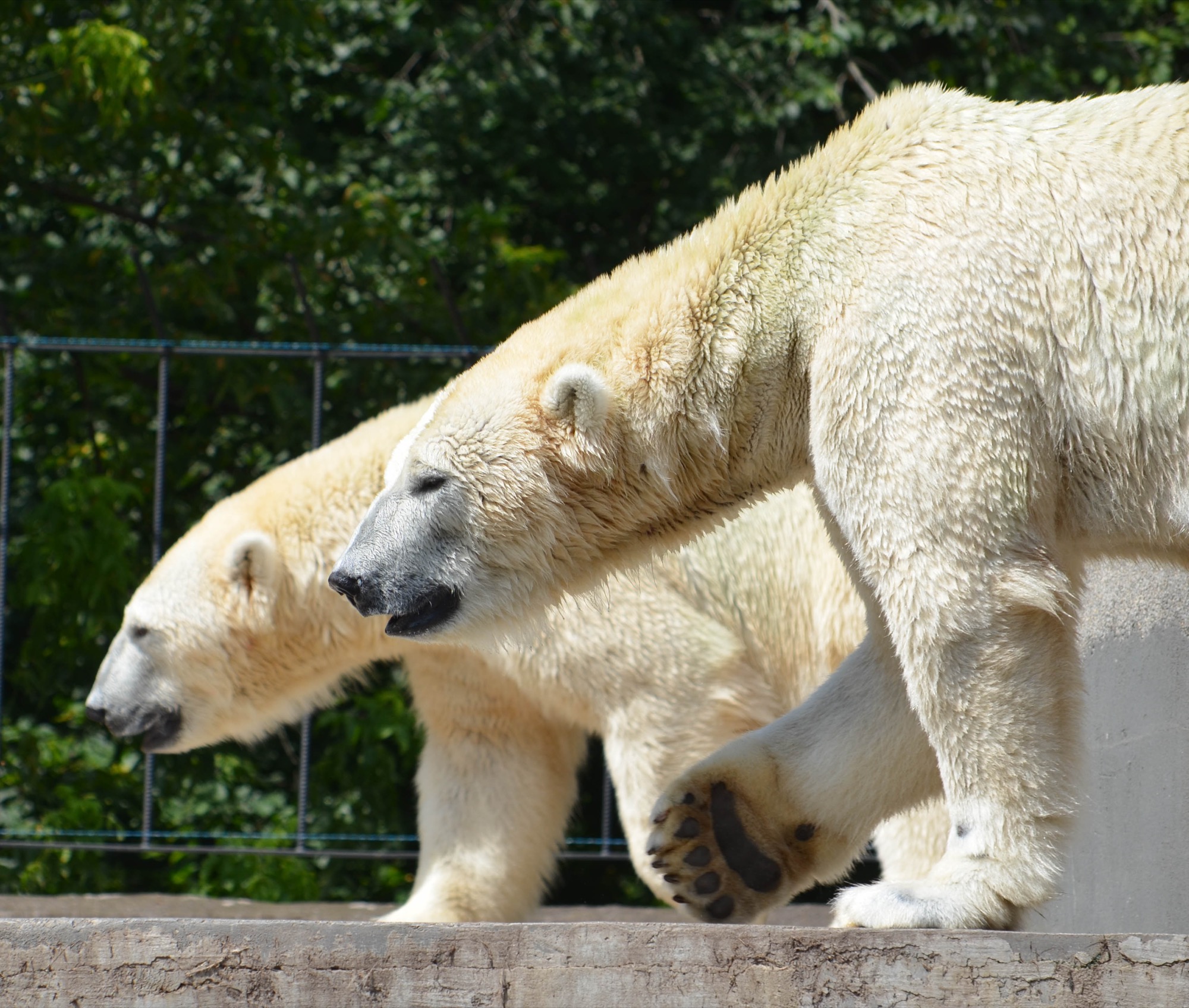



Jan Zabinski, who served as zookeeper starting in 1928, did a great deal to expand the zoo. He and his wife, Antonina, lived in a large villa on the zoo grounds.
During WWII, many animals died during the bombing of the city. After the fall of Warsaw, the Nazis relocated the animals they wanted to Germany and shot the rest.
Jan Zabinski became a key member of the Polish resistance movement and Antonina used the zoo as a hiding place to smuggle Jews from the Warsaw ghetto to safer locations.





There were underground rooms and tunnels at the zoo that were used as hiding places for the Jews. When Nazis would appear at the villa, Antonina would play an Offenbach piece, "Go, go, go to Crete!", as a warning to hidden guests that danger was near.
During the course of the war, about 300 Jews were saved as a result of the efforts of the Zabinskis. The story is beautifully retold in an excellent book by Diane Ackerman called "The Zookeeper's Wife."



The Nozyk Synagogue, built in 1902, is still operational today as an orthodox temple. This synagogue is the only one in Warsaw, out of more than 400 temples that existed prior to World War II, that survived.
During the war, it was used by the Nazis as a stable for their horses. Restoration of the temple was completed in 1983.

